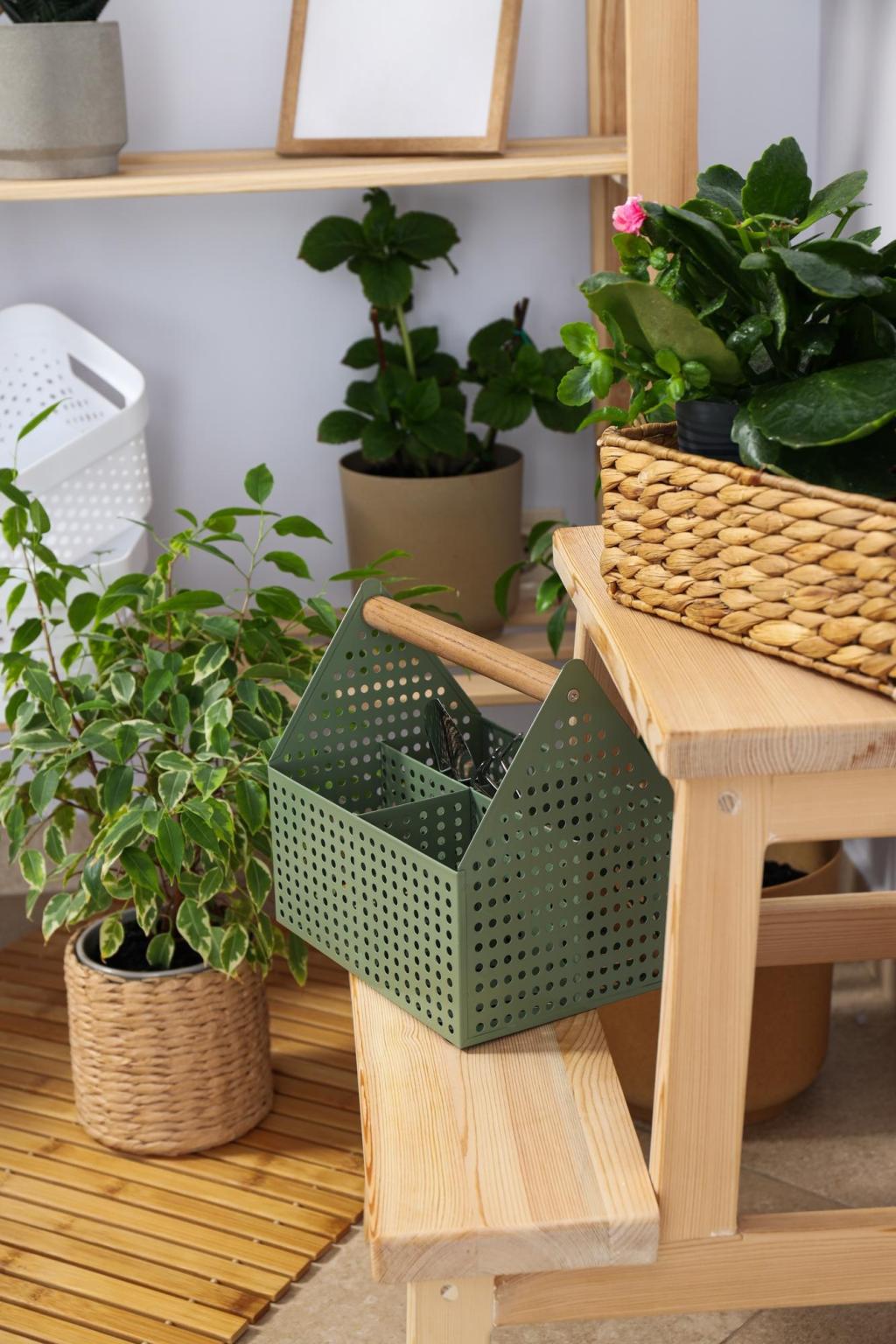Documentation Without Drama: A Streamlined Path
Hold an early charrette to align vision, choose target credits, and identify documentation owners. Create a scorecard with deadlines and dependencies. This keeps procurement, installation, testing, and training synchronized so proofs arrive on time and nothing falls through the cracks.
Documentation Without Drama: A Streamlined Path
Capture field photos, maintain waste and IAQ logs, and archive product disclosures in a consistent folder structure. Name files clearly, record dates, and link evidence directly to credit intents. Your future self—and the reviewer—will thank you for clean, traceable documentation.




